(b) Ink drying problems:
1. UV drying: Compared with UV drying, energy consumption is 8 times higher than that of UV drying. At present, UV/EB has been widely used in plain printing and screen printing, but it is difficult to apply in flexo printing and gravure printing. It has not been involved in it yet. It needs to be explored.
2. Infrared drying (IR drying): Currently, it is mainly used for volatile drying of sheet-fed papers and low-boiling-point solvents. It is necessary to study and improve the thermal efficiency of IR drying, and use longer wavelengths with good energy absorption efficiency to be used on “IRâ€. Get dry quickly.
3, powder solidification: in some printing processes have been achieved, such as electrostatic copying, hot melt printing and so on.
4, steam solidification: for the corresponding ink type.
5, varnish: After the printing (regardless of the type of printing) is completed, the surface is covered with light and so on.
6, low-temperature drying: If the use of co-solvent, water emulsion, etc., will greatly reduce the drying temperature.
(III) Environmental Protection:
The main research is to prevent the emission of organic solvents in printing inks. For example, the “APCD Rule 66†formulated by the City of Los Angeles in 1966 was a well-known regulation on organic solvent emissions. It clearly defines the definition of "photochemically reactive solvent" (see Table 7);
1. To prevent photochemical pollution of the printing ink itself, the countermeasures are:
Conversion to low photochemical reactivity solvents:
(1) Water-based inks;
(2) High ink solidification;
(3) Solventless (eg UV/EB, electron irradiation, etc.).
However, according to the actual research status of the ink, it is illustrated that at least not all of the printing inks can be implemented at the present time.
2. In terms of operating environment, the current domestic and foreign regulations on the air content of organic solvents commonly used in workplaces are stipulated:
Such as toluene (Toluene): 200PPM/m3, xylene (Mxylene) 100PPM/m3, isopropyl alcohol (IPA) 400PPM/m3.
Ethanol (EOH) 1000PPM/m3, butanol (BOH) 100PPM/m3, ethyl acetate (EAC) 400PPM/m3, butyl acetate (BAC) 200PPM/m3, methyl ethyl ketone (MEK) 200PPM/m3.
specific measure:
(1) The above indicators must be periodically monitored and controlled at the workplace (specialized agencies);
(2) Sealing (or capping) the volatile solvents in the workplace as much as possible;
(3) Regular medical examinations for operators, distribution of nutritional supplements, and regular recuperations to ensure health and maintain normal production;
(4) Pay attention to correct operating practices, develop a habit of avoiding or not directly touching organic solvents, not making loud noises in the workplace, and eating.
(5) Ventilation and ventilation facilities in the workplace must be managed scientifically (refer to the relevant regulations of the Ministry of Labor), control the recovery and discharge of organic solvents, and work hard to protect the entire environment in which humanity lives.
One; the direction of the domestic ink industry
(1) Exclusion of domestic ink industry confusion is a top priority:
1. The general environment for research and development of domestic ink is still poor and the compatibility is not satisfactory; the coordination between upper, middle and lower reaches has always been a problem in our country.
2. The development of formulation technology and ink-making technology currently lacks the support of printing (application) technology. Ink production companies often lack a reliable trial base. The world's famous large ink manufacturers generally have their own printing bases (which are also affiliated with a group), such as DIC - Dainippon Printing Co., Ltd., TOYO INK - Toppan Printing Co., Ltd., and they are all major printing companies in the country.
3. In terms of market development, although some companies have a long history, due to various reasons, a well-trained marketing team has not yet been established, and the market's ability to temper and develop is rather lacking.
4. The company is small in scale and lacks personnel, equipment, and funds to perform a virtuous cycle.
In this regard, corresponding measures must be taken as soon as possible. First of all, we must make good use of the preferential policies for reform and opening up granted by the state and government departments, and rely on the control and coordination functions of governments and industry associations at all levels; seize opportunities, change mechanisms, and attract investment to expand stocks. To intensive, three-dimensional, large-scale forward; at the same time fully promote their own advantages, establish a modern management mechanism, under the premise of ensuring quality, as soon as possible to expand the current production and sales of ink products.
(B) With the general trend of accession to the WTO, participating in the international cycle, comply with the trend of international printing, timely development of new ink varieties:
1. The market demand for alcohol-soluble plastic surface printing inks for high-speed automatic printing and packaging linkage operations and liquid food packaging materials represented by disinfected milk is gradually expanding; (this is the trend of application technology development)
2, PET, PA and other film substrates for environmental protection composite ink and high temperature and special requirements of composite ink; (market development potential is great)
3, a variety of flexographic printing inks, screen printing inks, especially UV / EB type, environmental protection and other varieties of development;
4. A variety of water-based inks and water-based gloss oils (mainly for flexo and gravure printing papers) have become hot in the market; (It is predicted that by 2010, the annual domestic demand for light-flexible water-based inks will reach 100,000 tons);
5. New types of offset inks (direct printing, waterless offset printing, reactive type and raw material resins) have global competitiveness;
6, other: a variety of high-performance alcohol-soluble resin, water-based resin (especially suitable for composite packaging printing ink connection material) / pigment superfine dispersion and surface treatment / various anti-counterfeit pigment / polymer hyperdispersant As the representative of the various types of ink with nano-additives and auxiliary additives and special types of ink for special needs and so on.
By 2005, the world ink market sales will reach about 15 billion U.S. dollars, while China will leap to the fourth place after the U.S., Japan, and Germany. Its comprehensive ink production capacity will reach 25-30 million tons, accounting for the world's total 5-6%.
At present, there are more than 300 ink production enterprises in the country and more than 20,000 employees, of whom about 8% are engineering and technical personnel. In particular, more than 30 companies, which are the backbone of the industry, have some of the world’s most advanced ink production equipment and testing instruments. Some of the major product quality has approached or reached the international advanced level of similar products, in addition to basically meet the domestic publishing, printing and packaging industry needs, but also exported to Southeast Asia, Eastern Europe, the Americas, more than 50 countries and regions. However, on the whole, compared with the international advanced level, there is still a considerable gap. However, it goes without saying that China's relatively low per capita consumption of ink and the huge market it possesses indicate that the development prospects of China's ink market are far-reaching. In particular, the ink manufacturing process is a marginal science that has been proven to be continuously improved. In accordance with the principle of continuous improvement, each of its inventions belongs to more advanced technologies, and together with its accompanying publishing, printing, and packaging and decoration processes, it will become one of the driving forces behind the rapid economic development in the new century.
Source: "Soft Packaging"
As a packaging container, aluminum foil has been recognized by environmental protection personnel around the world with it's good safety, heat insulation, environmental protection, and high-grade feeling are beyond the reach of plastic containers. How to choose aluminum foil container? We have been focusing on aluminum foil containers for more than 30 years, I believe we can give you more professional guidance.
In this category, we show you the Square Tableware series.
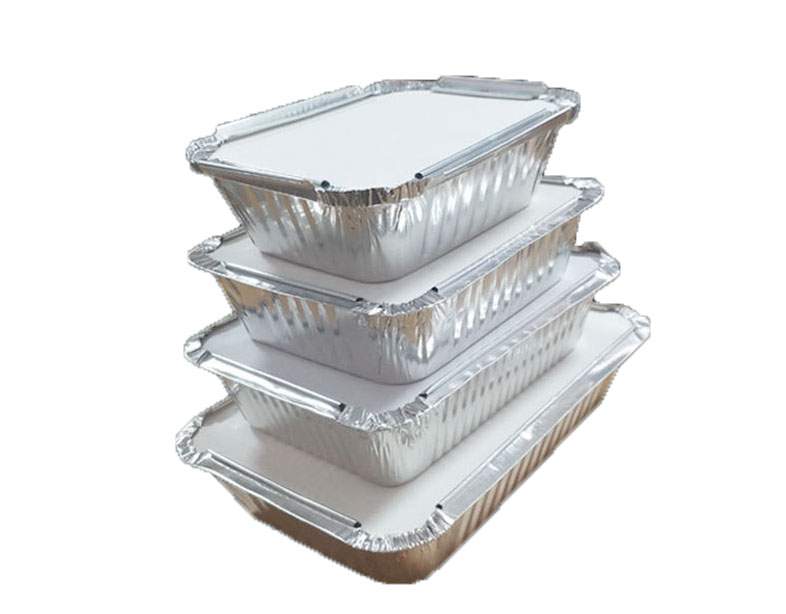
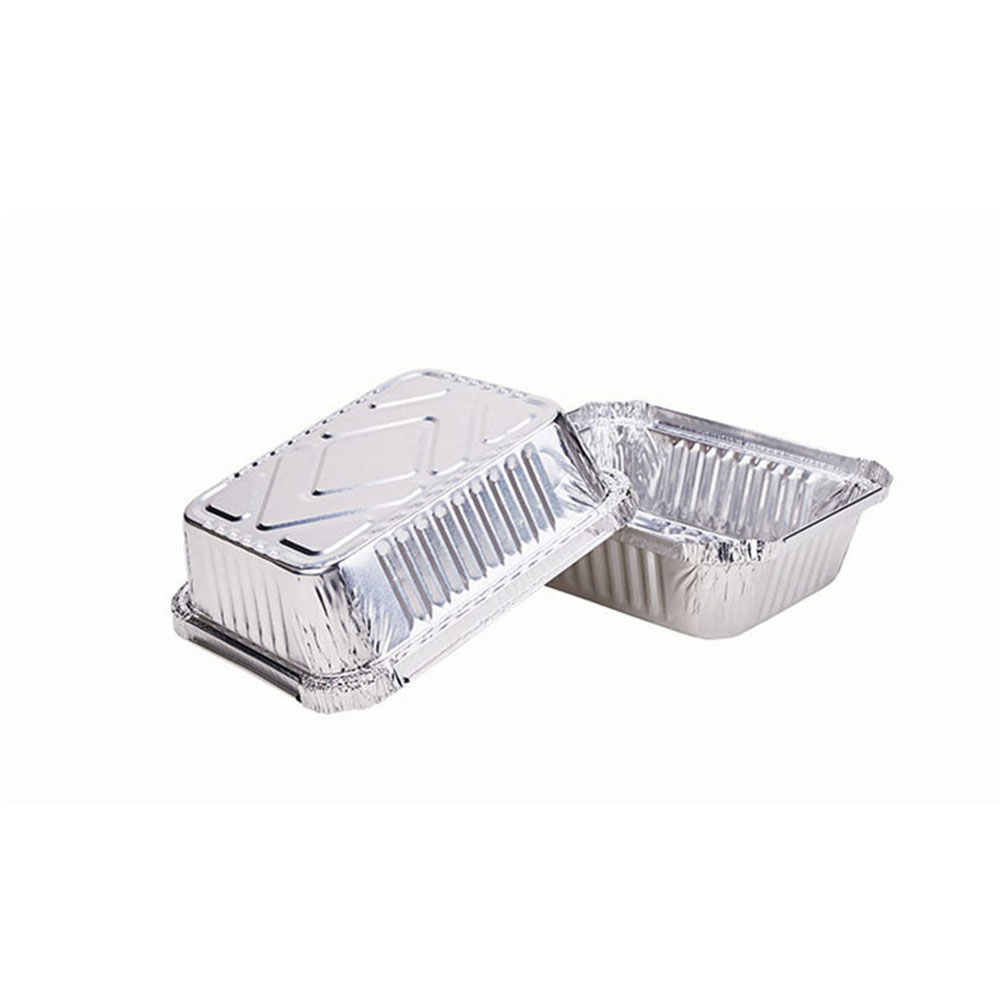
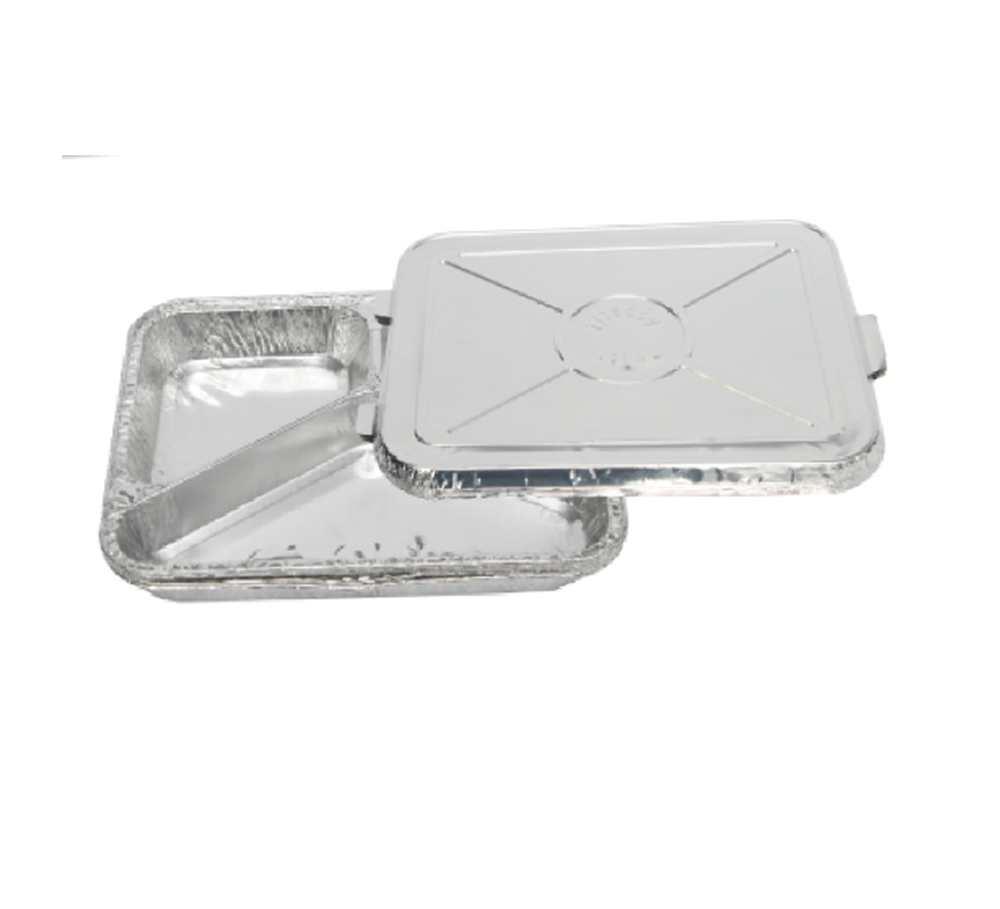
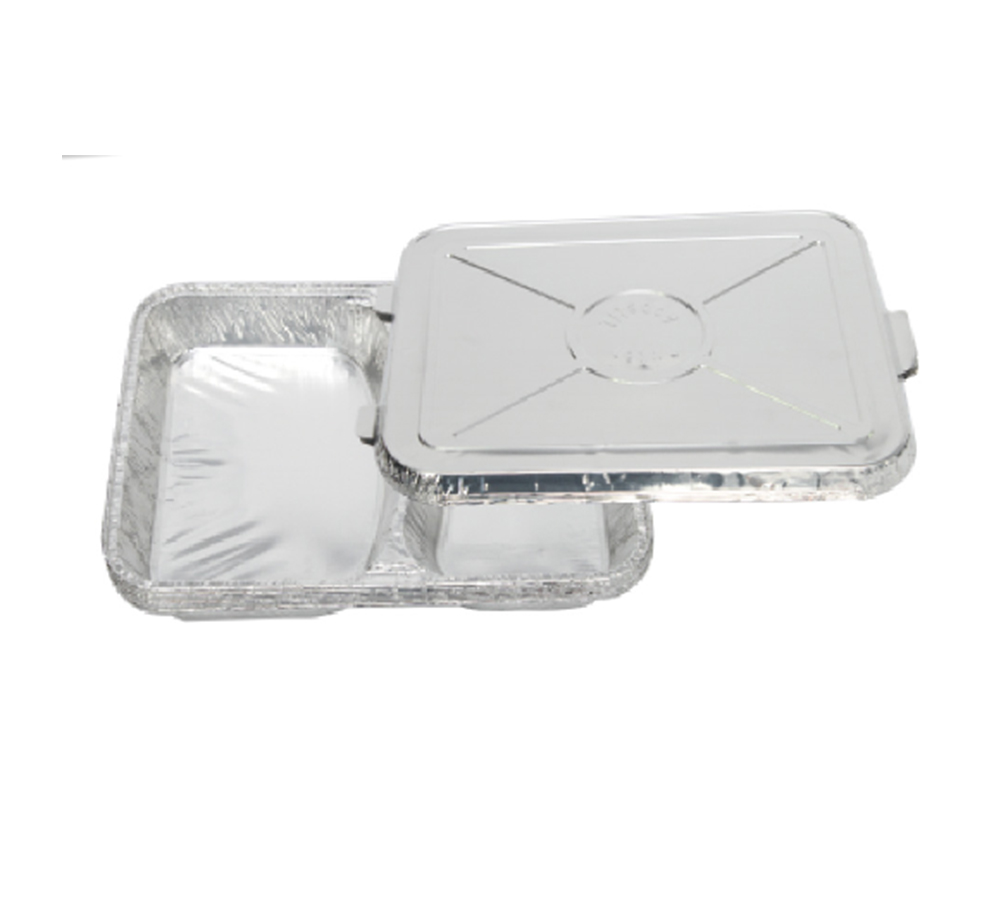

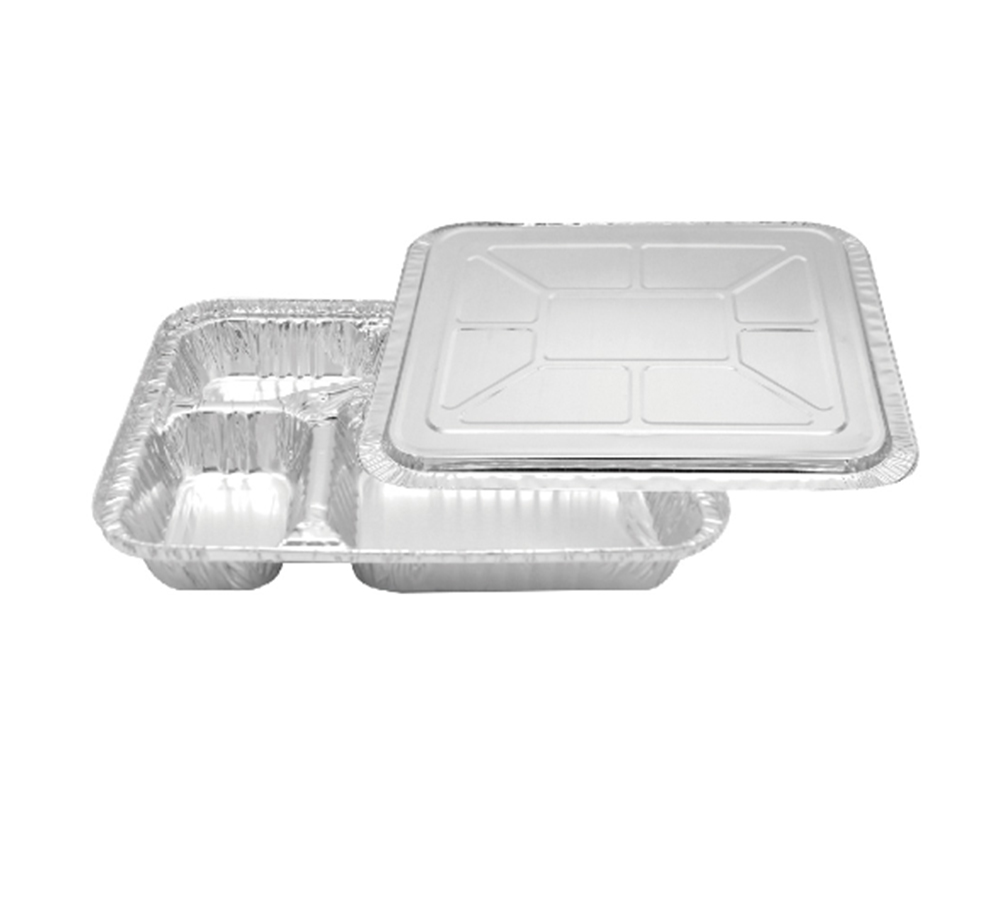

Aluminum Foil Rectangular Tableware
Aluminum Foil Square Tableware,Aluminum Foil Square Box,Foil Pan,Aluminum Pans
Taishan Yuexin Group , http://www.yuexingroup.com
